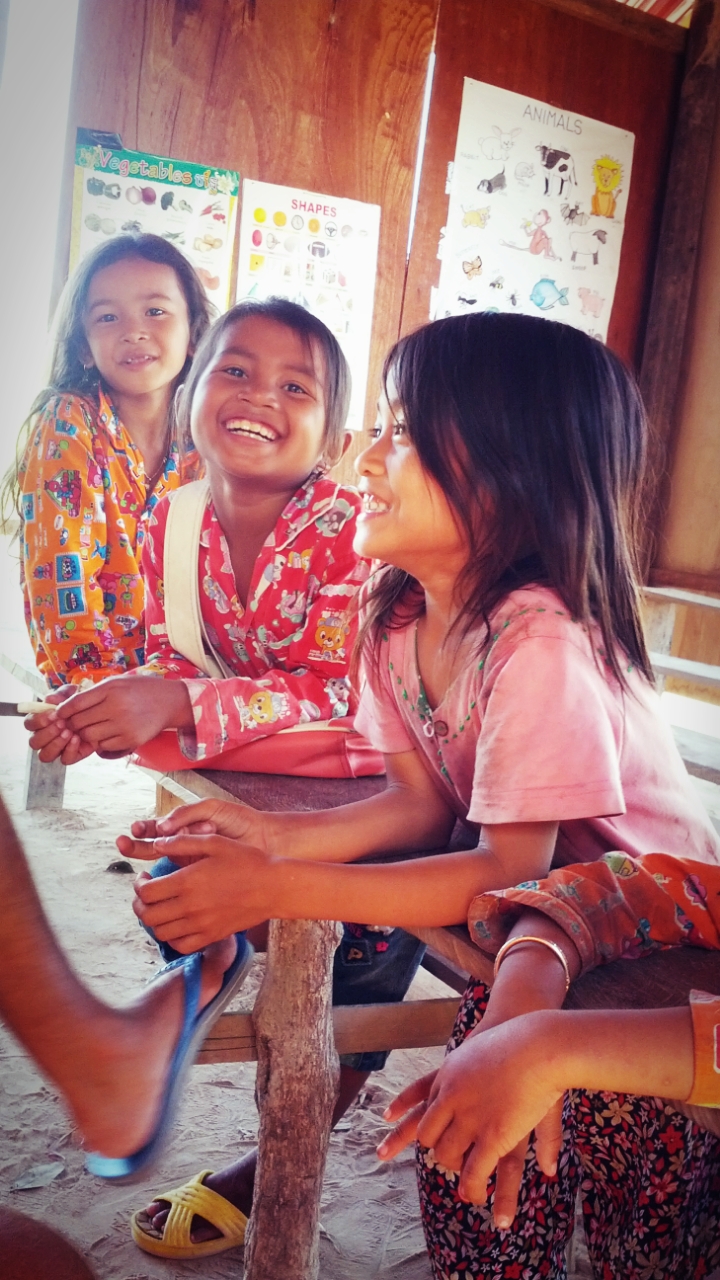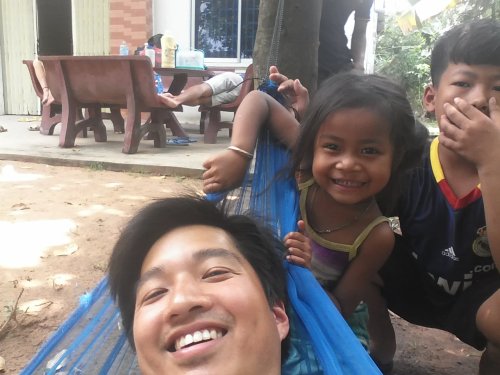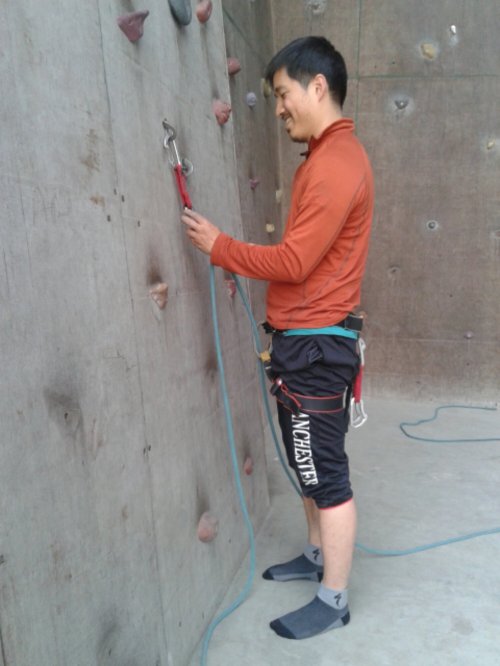
I’ll admit, I’m not man enough.
The biggest uncertainty going into my boarding school stay: How am I going to take my dumps? Unfortunately, I’m not accustomed to squat style toilets. Add on top of that damage done by 78 students sharing 2 toilets. I held onto a faint hope that I could wing it. At least grin and bear it.
Here I’ll detail a typical day at school. My goal was to personally experience the daily lives of the students. Looking back to my 2 week stay, it really was comfortable and simple living. The kids there are all troopers who helped ease me into the new environment.

This was the room I shared with 3 teachers, the buffalo caretaker, and 4 students. Props to the kid that shared a bed with the buffalo man. Let’s just say handling 4 animals throughout the day isn’t like working the assembly line at a perfume factory.
I’ve never slept with the lights on, but this was their custom. Luckily, it was cold enough to require sleeping with a cap on that conveniently covered my eyes. Additionally, a teacher would blast the TV deep into the night, so I was also armed with earplugs. I slept with my sleeping bag but started getting bed bug bites a week in. I know you won’t believe me, but my sleep quality was very good! How often in your life do you get at least 8 hours of uninterrupted sleep and wake up naturally?

My top bunk mates were this motley crew: Binud, Dorje, and Bishal. Dorje is the one pictured and was studious as hell – he borrowed my headlamp to complete homework during power outages. How they can sleep piled on top of each other befuddles me.



In a typical school day, I would get out of the sleeping bag, put on a warm jacket, climb down, and go to forest for the number 2 ritual. The fact that the teachers also did not use the toilets conveniently gave me license to relieve myself outdoors. The game each morning was to select a new distant and unique place to deposit my load. I’d then catch the stunning sunrise with snow-capped mountains as the backdrop, and subsequently join a decidedly militaristic teacher for a brief trail run and exercise. This teacher was sadistically fond of kicks and punches.



After lifting our heart rates, we’d have tea, which is generously defined as “breakfast.” Lunch of lentils, rice, and curry (daal, bhaat, tarkari) was a mere hour later at 9am. Around this time, the kids would wash their feet, clean their dishes, wash their faces and brush their teeth in freezing water. Mad props.


Morning assembly would consist of the national anthem, trivia (“Where is Shakira from?”), and marching. Class starts at 10. I’d take this golden opportunity to enjoy some privacy, do some non-profit work, and write. After 4 class periods, we’d have “tiffin,” a British term for a midday snack break, then we’d finish the school day around 4 with an afternoon assembly.

Another round of tea ensued, and occasionally we played energetic games of soccer or cricket.

Dinner of – you guessed it! – daal, bhaat, and tarkari, with the added bonus of boiled buffalo milk, completed our dietary consumption of the day.

The students are on a strict schedule of study after dinner, and I found a niche in going room to room tutoring for a couple hours.
Upon reaching my bed, I’d read, now it’s a soccer classic “Inverting the Pyramid” and fall into a deep, uninterrupted asleep.
The kids played a critical role in my survival. I’d be hard pressed to find a better mannered bunch. They pro-actively ask if they could help me clean my dishes, automatically folded my sleeping bag, and helped me get food. The militaristic teacher also made sure my needs were met.

In the end, I circumvented the crapping issue by taking it outside. I guess I still have a ways to go in my flexibility. Damn new toilets still aren’t done! But perhaps perversely, I like shitting in the woods.
























